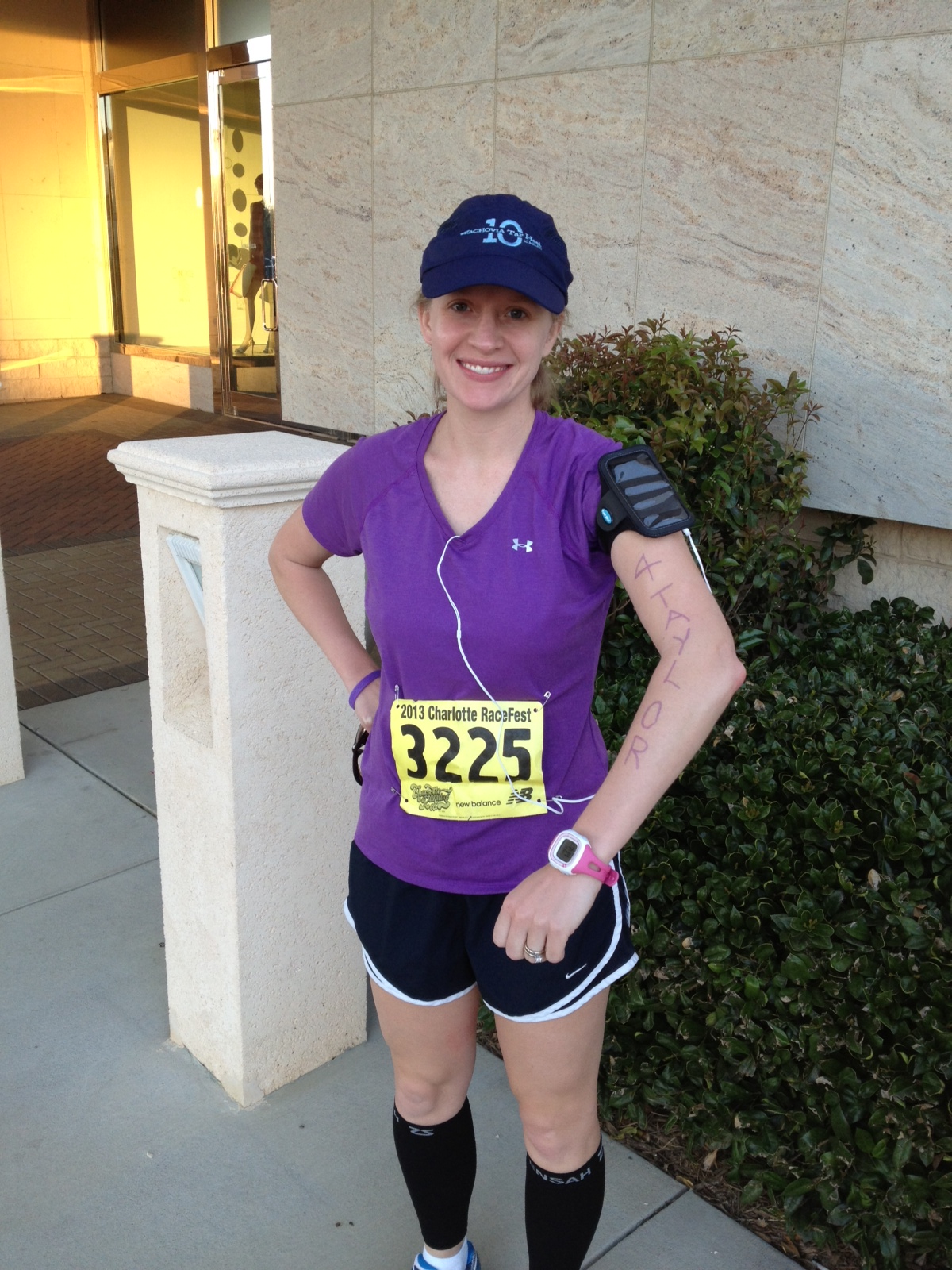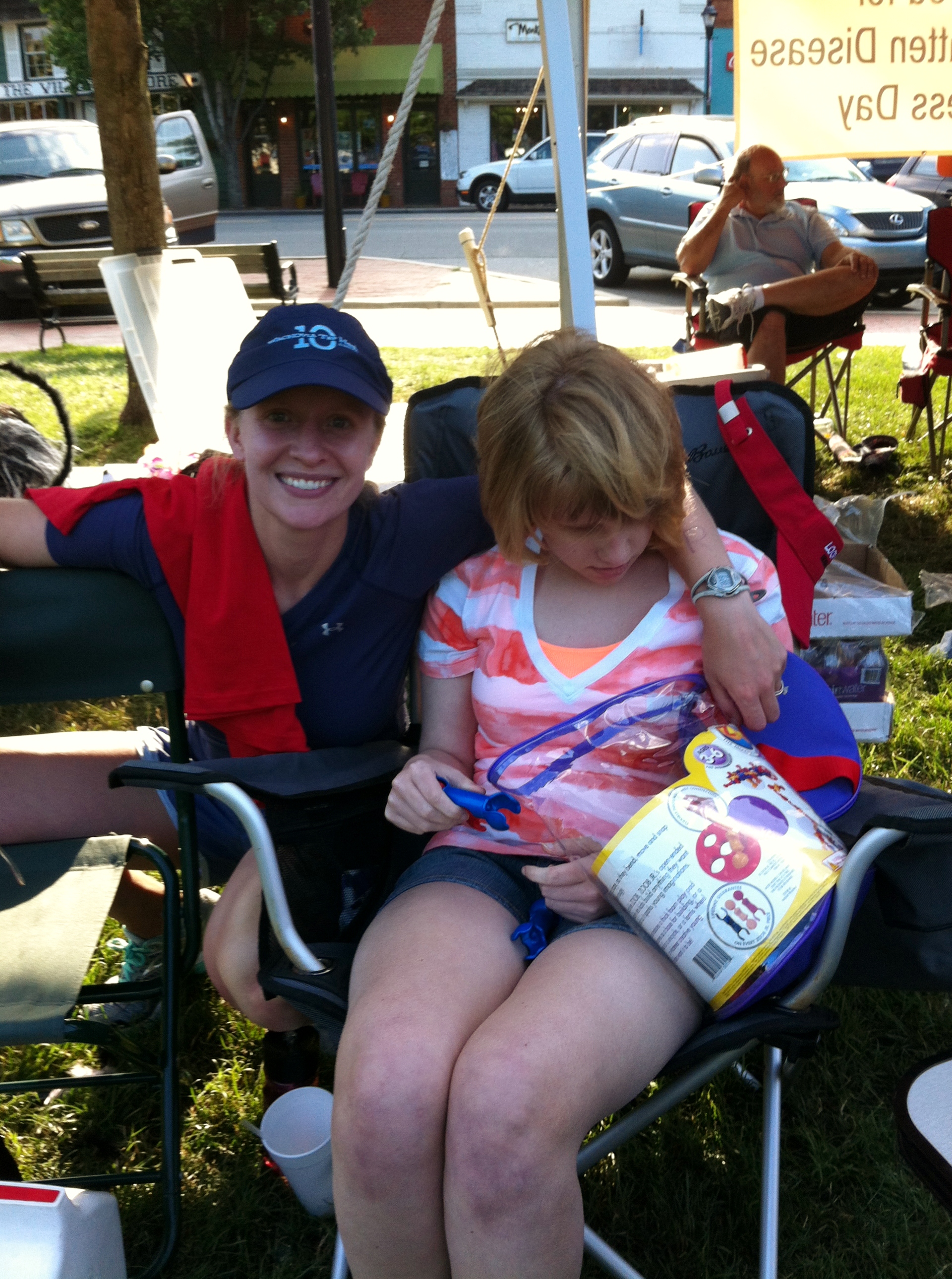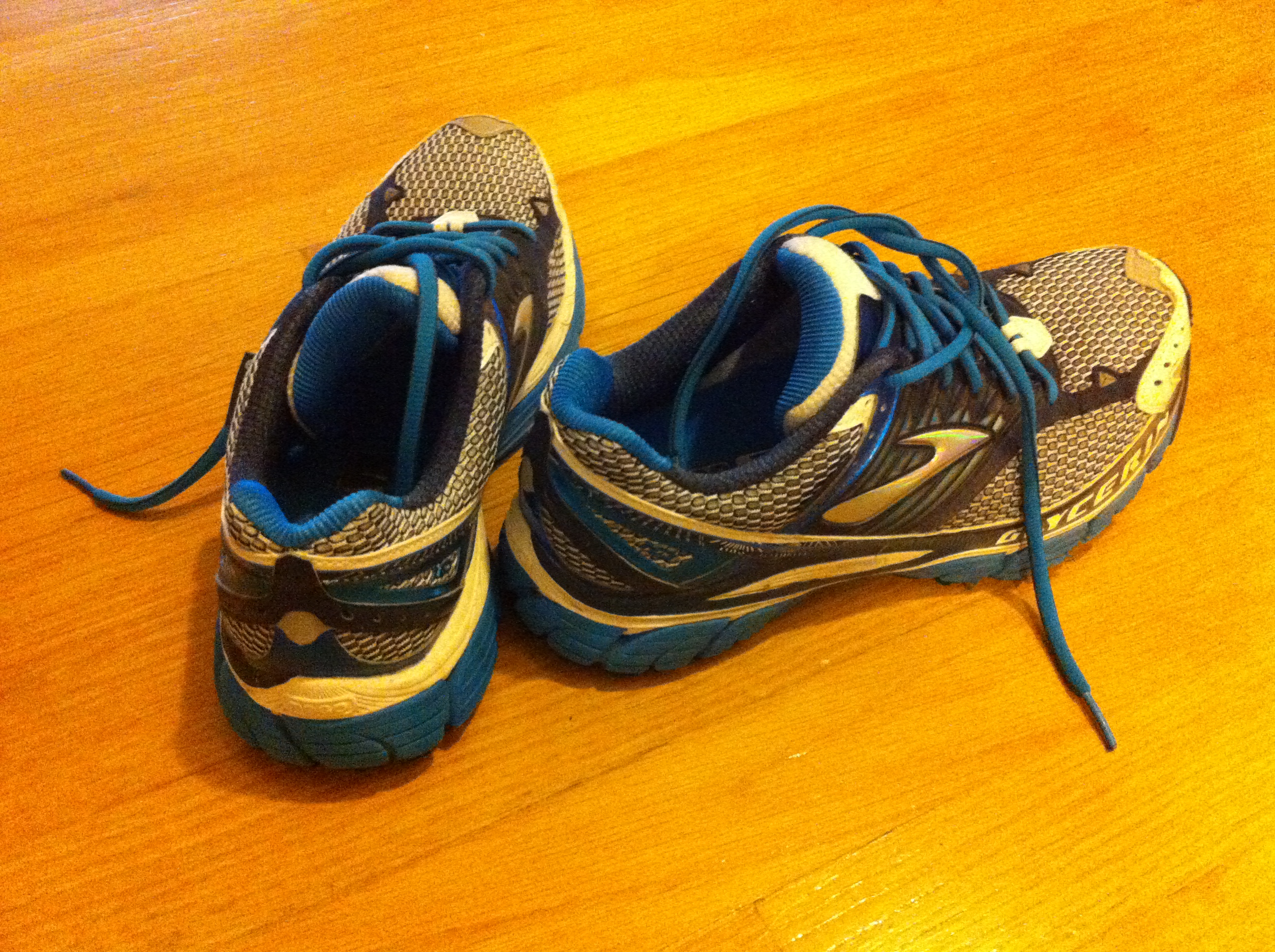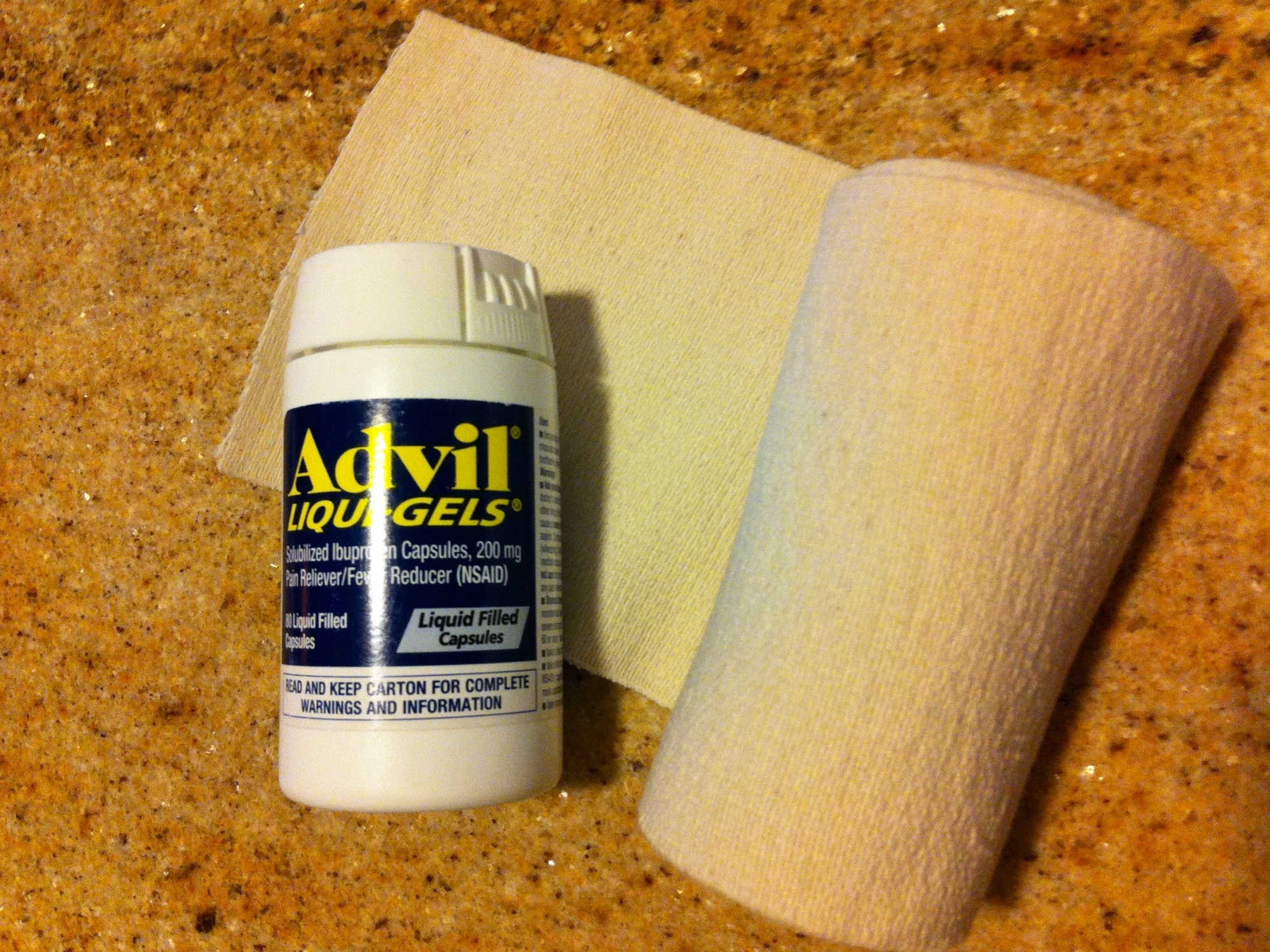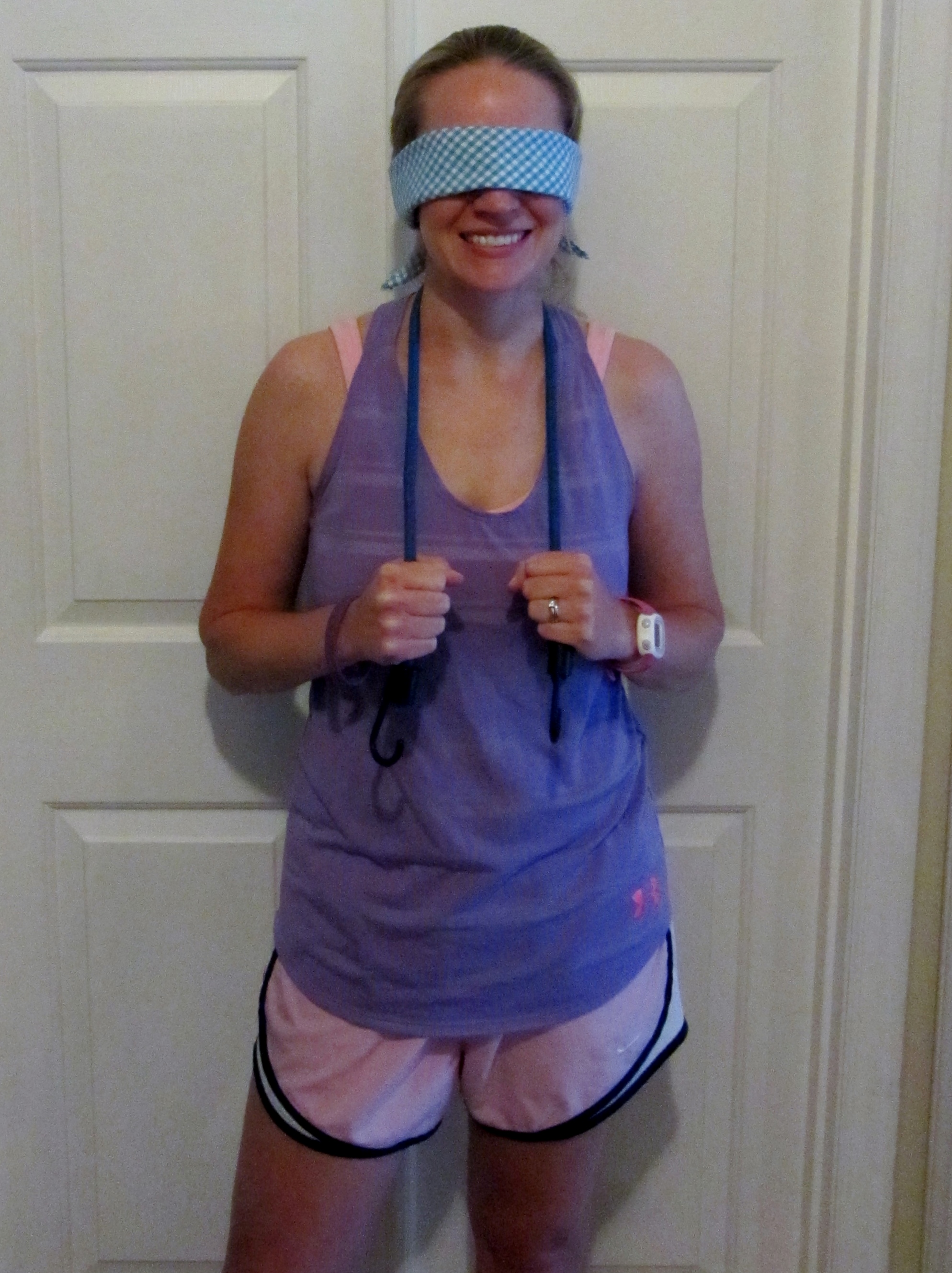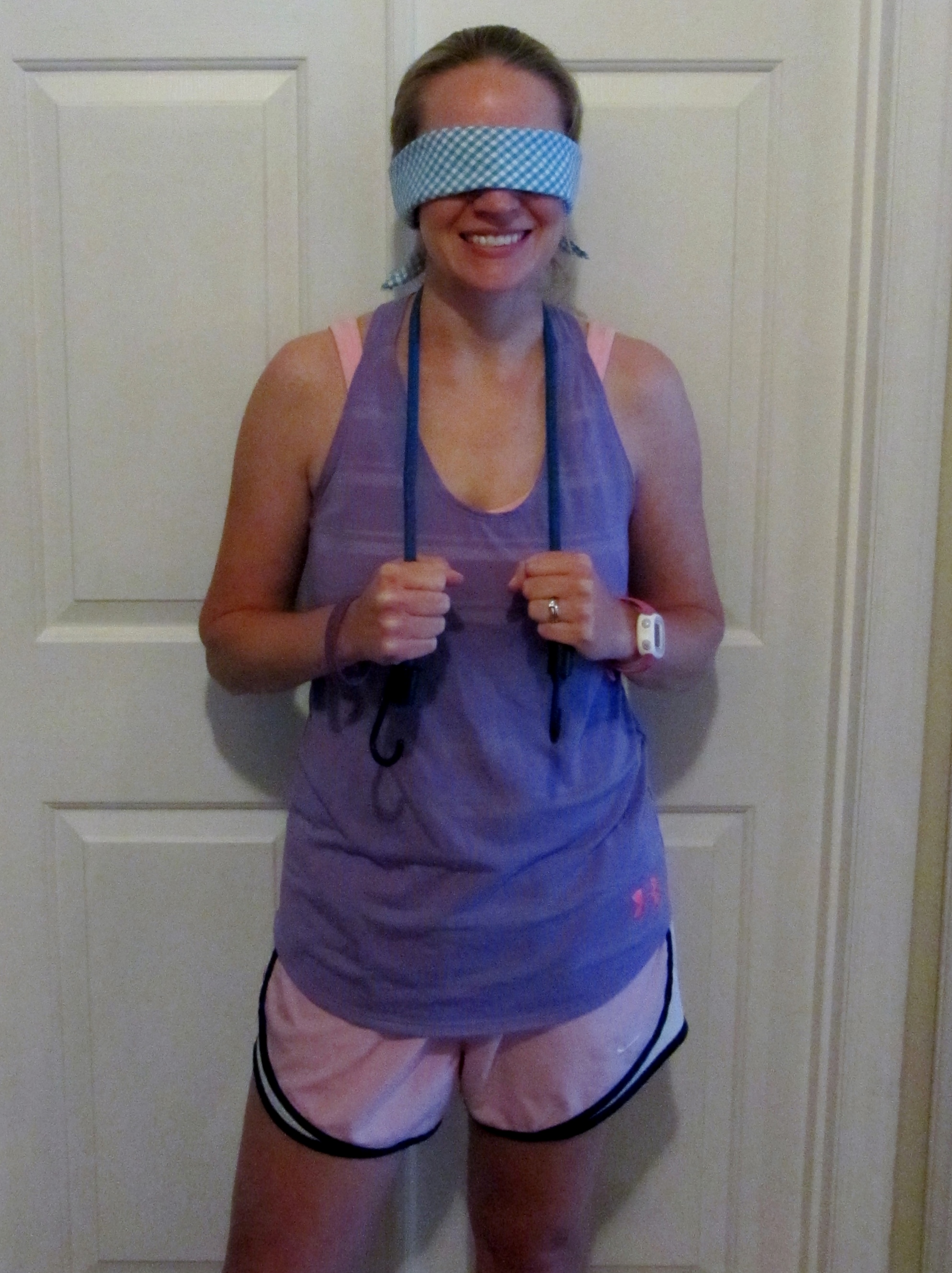Summer always flies after the Independence Day fireworks. August will be here next week, it will be a blur, and autumn will arrive. On Nov. 16, I’ll run Charlotte’s Thunder Road Half Marathon blindfolded to honor the five-year anniversary of my little sister’s first 5K race and support the fight against Batten disease. But I’m not ready to run that race today, which is why, as the last full month of summer drew near, I became concerned that my sighted guide and I last ran together on July 1.

But Andrew is as committed to this cause as he is skilled at guiding a sighted person wearing a blindfold on the run. So, despite a steady, warm rain, he climbed up my mountainous driveway at 10 last night, took one end of the three-foot bungee cord that is my lifeline and led me down the hill into my dark, wet world.
We ran approximately 3.1 miles – or a 5K – in the rain. I didn’t take my phone, and I heard a beep that told me my Garmin had died about five minutes after we left, but Andrew told me we averaged about an eight-minute mile or just a little over.
My first six blindfolded runs opened my eyes to a whole new world of sensory experiences. My seventh introduced me to an entirely different one; because I didn’t see the raindrops as they fell from the sky, I felt as if I discovered something new each time one made contact with my skin. I never knew exactly how to describe the way a raindrop feels; I still can’t put it into words, and yet, I understand it on a whole new level.
I would never want to give up my vision. At the end of all of our runs, when Andrew announces that we’ve arrived at my mailbox, I respond by taking off my blindfold. I’ve never tried to say goodbye or climb my driveway or walk inside without my eyes. But a long time ago, Taylor taught me that life is about taking what you have (or don’t have) and making the best of it. It’s about finding beauty in tragedy. It’s about learning to dance (and run) in the rain.
I will run the Thunder Road Half Marathon blindfolded to support gene therapy co-funded by Taylor’s Tale at the University of North Carolina Gene Therapy Center. Donations to this cause are 100 percent tax-deductible. To support my run and our fight to develop treatments for Batten disease and other genetic diseases, click here.

